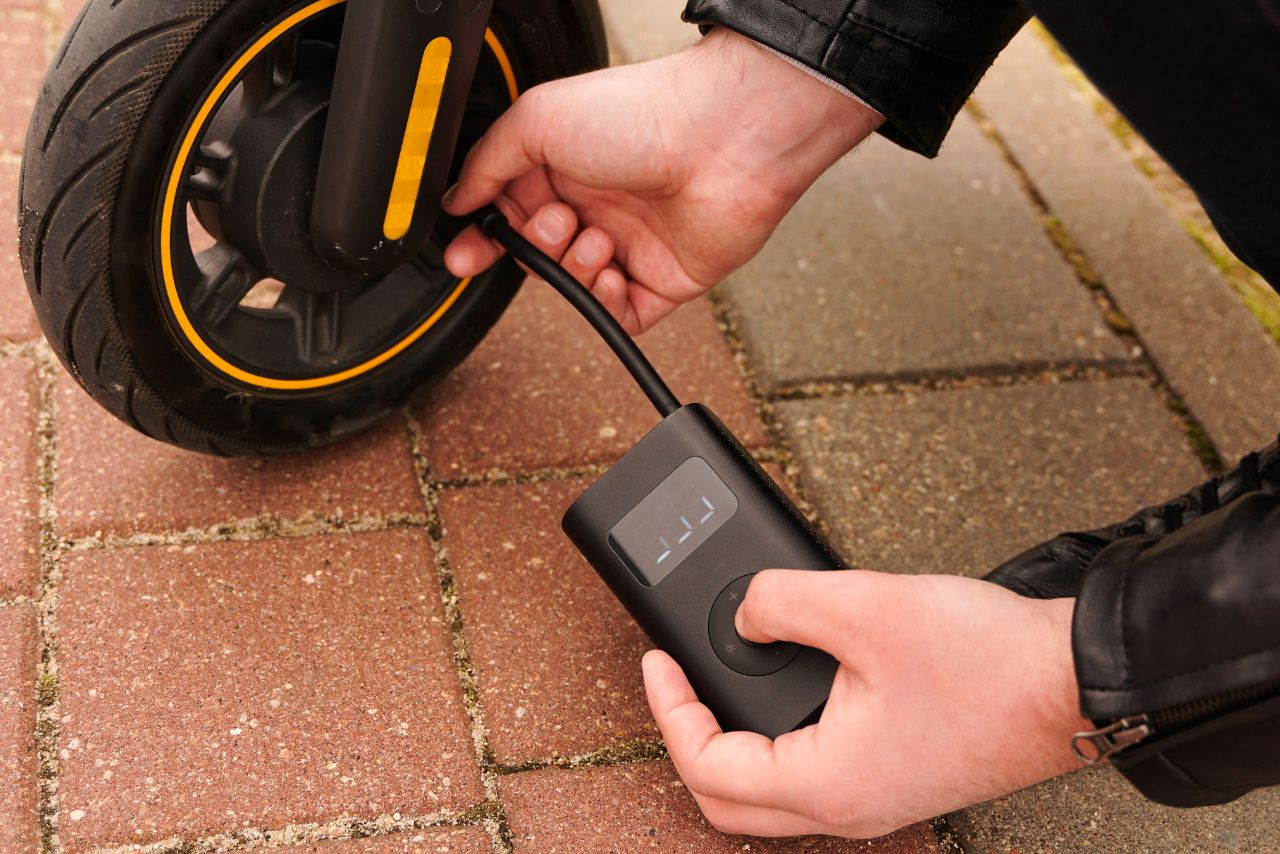Are you experiencing Polaris Ranger Voltage Regulator Problems? Don’t worry, you’re not alone. Many Ranger owners have faced similar issues and have sought solutions to fix these problems.
In this article, we will delve into the common voltage regulator problems that Polaris Ranger owners encounter, and provide some helpful tips and advice on how to address them.
The voltage regulator plays a crucial role in maintaining a stable electrical system in your Polaris Ranger. It regulates the voltage output from the generator to ensure that all the electrical components are receiving the correct amount of power.
However, over time, these regulators can develop faults or fail altogether, causing a range of electrical issues.
Some of the most common problems include fluctuating or inconsistent power output, dim or flickering lights, battery draining issues, and even complete electrical system failure.
So, if you’re experiencing any of these problems with your Polaris Ranger, keep reading to discover the potential causes and practical solutions to tackle voltage regulator issues.
Common Polaris Ranger Voltage Regulator Problems

If you own a Polaris Ranger, you may have encountered some issues with the voltage regulator. While the Ranger is a reliable machine, the voltage regulator can sometimes cause problems.
Here, we will discuss some common issues that Ranger owners may face with their voltage regulators.
Overcharging:
One of the most common problems is an overcharging voltage regulator. This occurs when the regulator fails to regulate the voltage properly, leading to excessive charging of the battery.
Overcharging can result in battery damage, shortened lifespan, and can even cause electrical components to fail.
Undercharging:
On the other hand, an undercharging voltage regulator can also be a problem. When the regulator fails to provide enough voltage to the battery, it may lead to slow charging or insufficient power supply to the electrical system.
This can cause the battery to drain quickly and can result in starting issues or even stalling of the engine.
Frequent Battery Replacements:
Faulty voltage regulators can also put a strain on the battery, causing it to wear out sooner than expected.
If you find yourself replacing the battery more frequently than usual, it could be a sign of a voltage regulator problem.
Electrical System Failures:
A malfunctioning voltage regulator can also lead to various electrical system failures. You may experience issues with the lights, radio, or other electrical components.
These failures can be intermittent or constant, depending on the severity of the voltage regulator problem.
Dim or Flickering Lights:
Dim or flickering lights can be another indication of a faulty voltage regulator. When the regulator fails to provide a consistent voltage supply, it can affect the brightness of the lights or cause them to flicker.
To avoid these voltage regulator problems, it is important to perform regular maintenance on your Polaris Ranger. Ensure that the regulator is inspected, cleaned, and tested during routine servicing.
Signs of a Faulty Voltage Regulator in a Polaris Ranger
If you own a Polaris Ranger, you may encounter voltage regulator problems at some point. The voltage regulator plays a crucial role in ensuring that the electrical system of your vehicle functions properly.
| Signs of a Faulty Voltage Regulator |
|---|
| Battery issues |
| Dimming lights |
| Overcharging battery |
| Electrical component failure |
| Fluctuating voltage |
| Blown fuses |
When it starts to malfunction, you might notice a few signs indicating a faulty voltage regulator. Here are some common indicators to watch out for:
How to Diagnose Voltage Regulator Issues in a Polaris Ranger?

If you’re experiencing problems with your Polaris Ranger’s voltage regulator, it’s essential to diagnose the issue accurately to ensure you can address it effectively.
| Step | Description |
|---|---|
| 1 | Check the battery voltage |
| 2 | Inspect the wiring |
| 3 | Test the alternator |
| 4 | Check for voltage fluctuations |
| 5 | Inspect for overcharging or undercharging symptoms |
Here are some steps to help you identify voltage regulator problems in your Polaris Ranger:
Steps to Fix Voltage Regulator Problems in a Polaris Ranger
If you’re experiencing voltage regulator problems with your Polaris Ranger, don’t worry! There are a few steps you can take to troubleshoot and fix the issue.
| Step | Action |
|---|---|
| 1 | Check battery connections |
| 2 | Inspect wiring for damage |
| 3 | Test voltage regulator output |
| 4 | Replace the voltage regulator |
| 5 | Verify the charging system |
| 6 | Perform regular maintenance |
Just follow these simple steps to get your Ranger back up and running smoothly:
Watch Video: Polaris Ranger Voltage Regulator Problems:
Preventive Maintenance Tips for Polaris Ranger Voltage Regulators
When it comes to the voltage regulator in your Polaris Ranger, a little preventive maintenance can go a long way in ensuring its longevity and avoiding potential problems down the road.
Here are some tips to keep your voltage regulator in top shape:
Remember, prevention is always better than dealing with costly repairs or replacements later on. By following these preventive maintenance tips, you can help extend the lifespan of your Polaris Ranger’s voltage regulator and keep it functioning optimally.
Conclusion! Polaris Ranger Voltage Regulator Problems:
While the Polaris Ranger is a popular and reliable utility vehicle, it is not without its fair share of voltage regulator problems. These issues can cause a range of electrical problems, from dimming headlights to complete power failure.
However, it is important to note that not every Polaris Ranger will experience voltage regulator problems, and many owners have had trouble-free experiences.
Here are the key takeaways regarding Polaris Ranger voltage regulator problems:
It is important to remember that not all Polaris Ranger vehicles will have voltage regulator problems, and many owners enjoy trouble-free experiences.
However, if you do encounter any electrical issues, it’s essential to address them promptly to avoid further damage and inconvenience.
Regular maintenance and monitoring can go a long way in preventing voltage regulator problems and ensuring a smooth and reliable ride.
FAQs
Q: What is a voltage regulator in a Polaris Ranger?
A: A voltage regulator in a Polaris Ranger is a device that maintains a consistent level of electrical voltage in the vehicle’s electrical system.
It ensures that the battery and other electrical components receive a steady flow of electrical power.
What Are Some Common Voltage Regulator Problems in A Polaris Ranger?
Some common voltage regulator problems in a Polaris Ranger include voltage fluctuations, overcharging or undercharging of the battery, and failure to regulate the electrical output.
These issues can result in battery drain, electrical component failures, and overall poor performance of the vehicle.
How Do I Know if My Polaris Ranger Has a Voltage Regulator Problem?
Some signs that your Polaris Ranger may have a voltage regulator problem include dim or flickering lights, difficulty starting the vehicle, erratic electrical behavior, and a drained battery.
You may also notice a burning smell or see visible damage to the voltage regulator itself.
What Are the Possible Causes of Voltage Regulator Problems in A Polaris Ranger?
Voltage regulator problems in a Polaris Ranger can be caused by various factors, such as loose or corroded connections, overheating, damaged wiring, or a faulty regulator component.
Additionally, excessive electrical loads or aftermarket modifications can put strain on the voltage regulator and lead to failures.
Can I Replace the Voltage Regulator in My Polaris Ranger Myself?
It is possible to replace the voltage regulator in your Polaris Ranger yourself if you have the necessary tools and mechanical knowledge.
How Much Does It Cost to Replace a Voltage Regulator in A Polaris Ranger?
The cost of replacing a voltage regulator in a Polaris Ranger can vary depending on the model year, the specific parts needed, and the labor charges.
On average, you can expect to pay anywhere from $100 to $400 for the replacement, including parts and labor.
How Can I Prevent Voltage Regulator Problems in My Polaris Ranger?
To prevent voltage regulator problems in your Polaris Ranger, you should regularly inspect the electrical connections for any signs of damage or corrosion.
It is also important to avoid overloading the electrical system and to use proper accessories that are compatible with your vehicle.
Following the manufacturer’s maintenance guidelines and getting regular check-ups can also help identify any potential voltage regulator issues early on.
Are There Any Recalls or Known Issues with Voltage Regulators in Polaris Rangers?
Polaris has issued recalls in the past for certain models due to voltage regulator problems.
It is recommended to check the official Polaris website or contact a Polaris dealer to inquire about any recalls or known issues related to the voltage regulator in your specific Polaris Ranger model.




